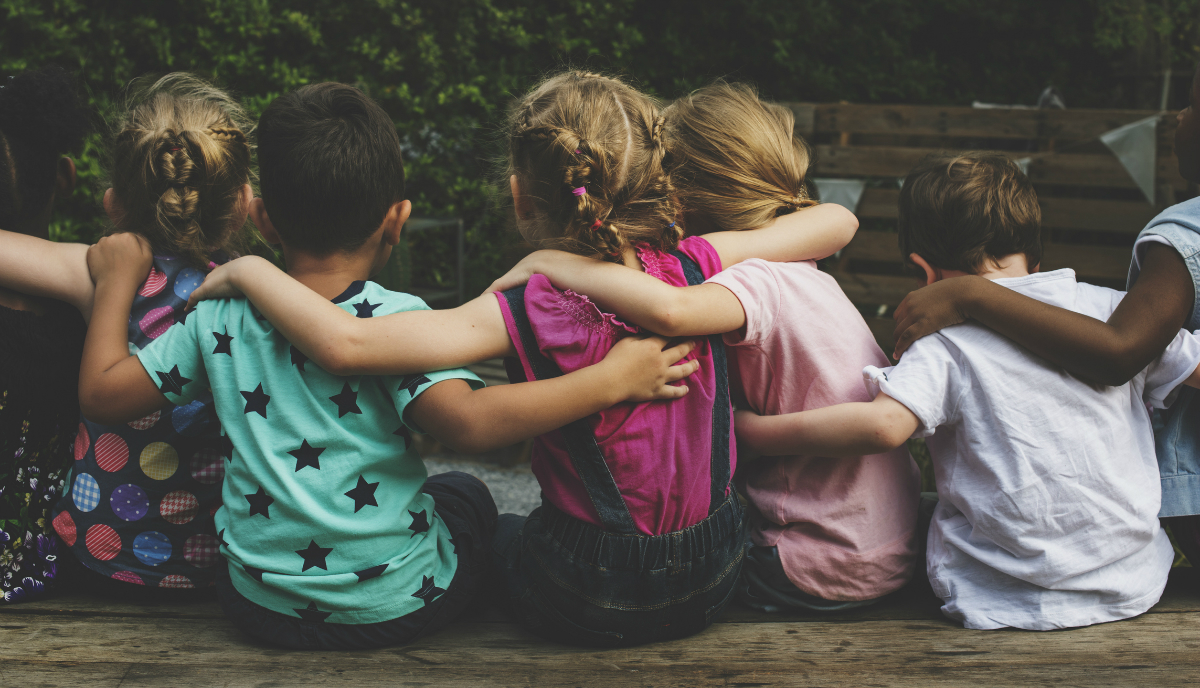The benefits of restorative practices and the conditions needed to successfully implement restorative approaches in educational systems were discussed during a recent webinar hosted by the Learning Policy Institute.
As K-12 communities grapple with the psychological trauma students have experienced and continue to encounter, research has shown that school safety increases when factors such as mental health resources, social-emotional learning, personalization for students and restorative practices are in place.
“Restorative practices are an alternative to punitive disciplinary environments; these are environments that exclude students when their behavior doesn’t meet expectations,” said LPI Senior Researcher Sarah Klevan. “We know from research that exclusionary discipline like suspensions do not make schools safer but instead are associated with negative outcomes for students.”
Suspensions have been shown to increase alienation and disengagement, undermine overall school climate, reduce academic progress and increase dropout rates. And, similar to expulsions, suspension rates are also racially disparate with Black, Native American and Latino students being punished more severally than their peers for similar behaviors.
Restorative practices, on the other hand, are designed to build a sense of community, teach interpersonal/communication skills, proactively meet student needs and repair harm when conflict occurs.
There are three tiers of restorative practices, according to Klevan’s presentation. Tier I applies to all settings and students and revolves around building relationships, trust and community; Tier II is for small groups of students and involves non-punitive responses to disruptive behavior like engaging in repair conversations, conflict medication and healing or problem solving circles; and Tier III is intended for individual students and deals with reentry and reintegration through methods like intervention or reentry circles.
When exposed to restorative practices, fewer suspensions, shorter suspensions and improved English language arts and math achievement for all students as well as decreased disparities can occur, according to Sean Darling-Hammond, assistant professor of Community Health Sciences & Biostatistics at University of California, Los Angeles.
Schools that transition to more restorative approaches can see benefits including decreased misbehavior, victimization, gang membership, depressive symptoms, substance use and sleep deprivation and higher GPAs and improved school climate.
There must be staff buy-in, and continuous meetings and professional development opportunities need to be available.
“To shift the culture of a school, the work has to be everybody’s work,” Darling-Hammond said. “It has to become part of who everybody is in the school, it has to be core to everything they do and that is no small feat, but the benefits, according to our models, of making this transition are incredibly potent and the risks of not making this transition are incredibly severe.”
In addition to commitment from staff and teachers, Tatiana Chaterji, a restorative justice facilitator in Oakland Unified School District, added that student involvement and investment is also key as is recognition that it won’t be an overnight process.
“We have to teach empathy very slowly and carefully with attention to the fact that people dealing with intense trauma — the trauma of poverty, violence in the community and in their lives — are not going to automatically be able to even want to talk to somebody else,” Chaterji said. “The conditions for allowing a school to move forward on restorative practices … we need to have a commitment and an acknowledgment that it’s not easy … there has to be a vision that this is what we want to do.”
Watch a recording of the webinar here.




